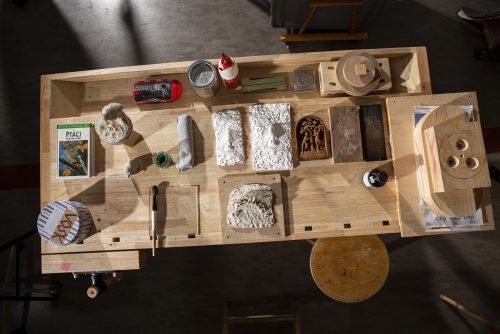
Bernard Bazile
ICI LE TEMPS DU MONDE FINI COMMENCE
Project Info
- 💙 CIRCUIT Centre d'art contemporain, Lausanne
- 🖤 Bernard Bazile
- 💛 David Gagnebin-de Bons
Share on
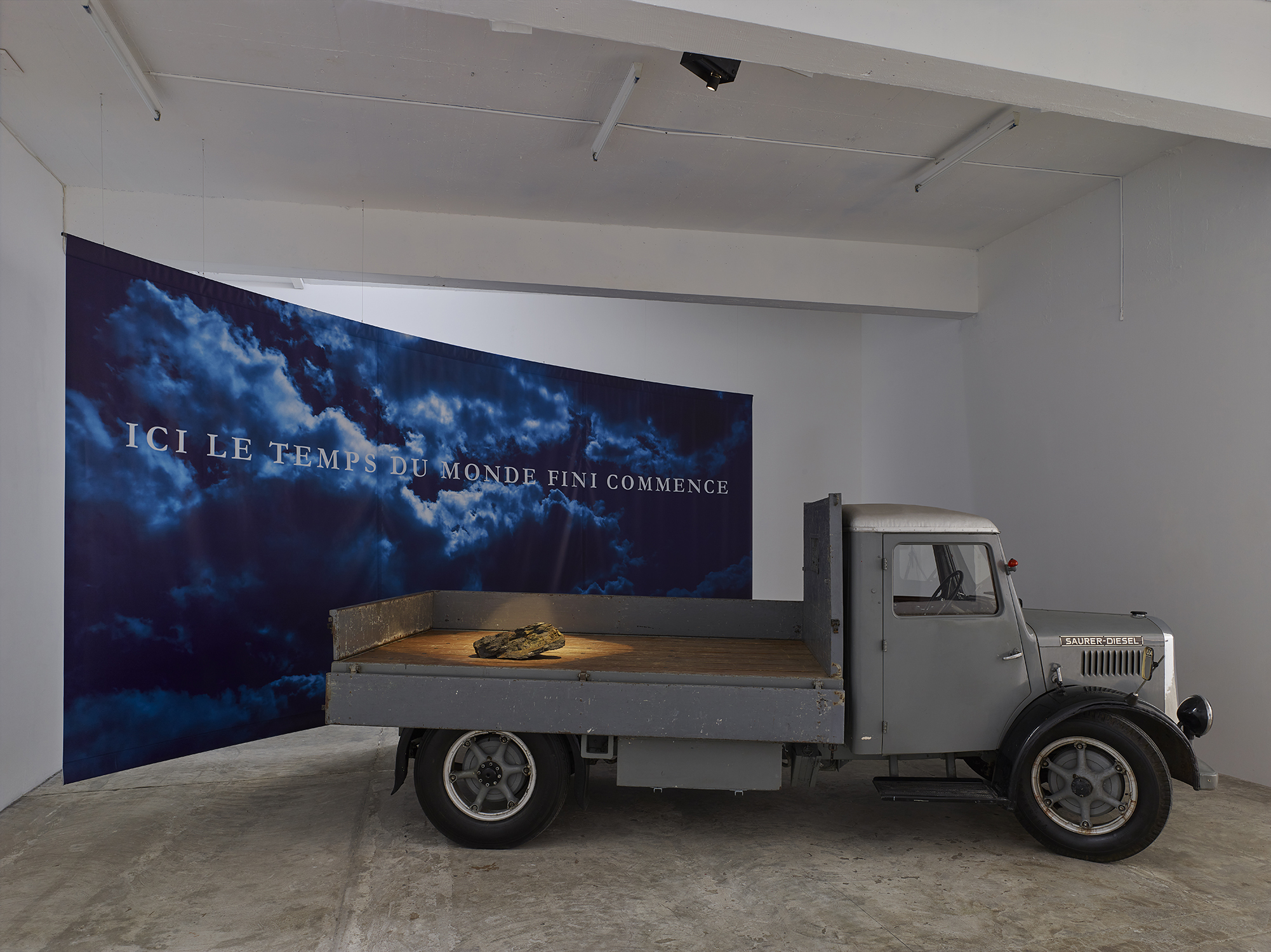
Bernard Bazile, “ici le temps du monde fini commence”, 2022
Advertisement
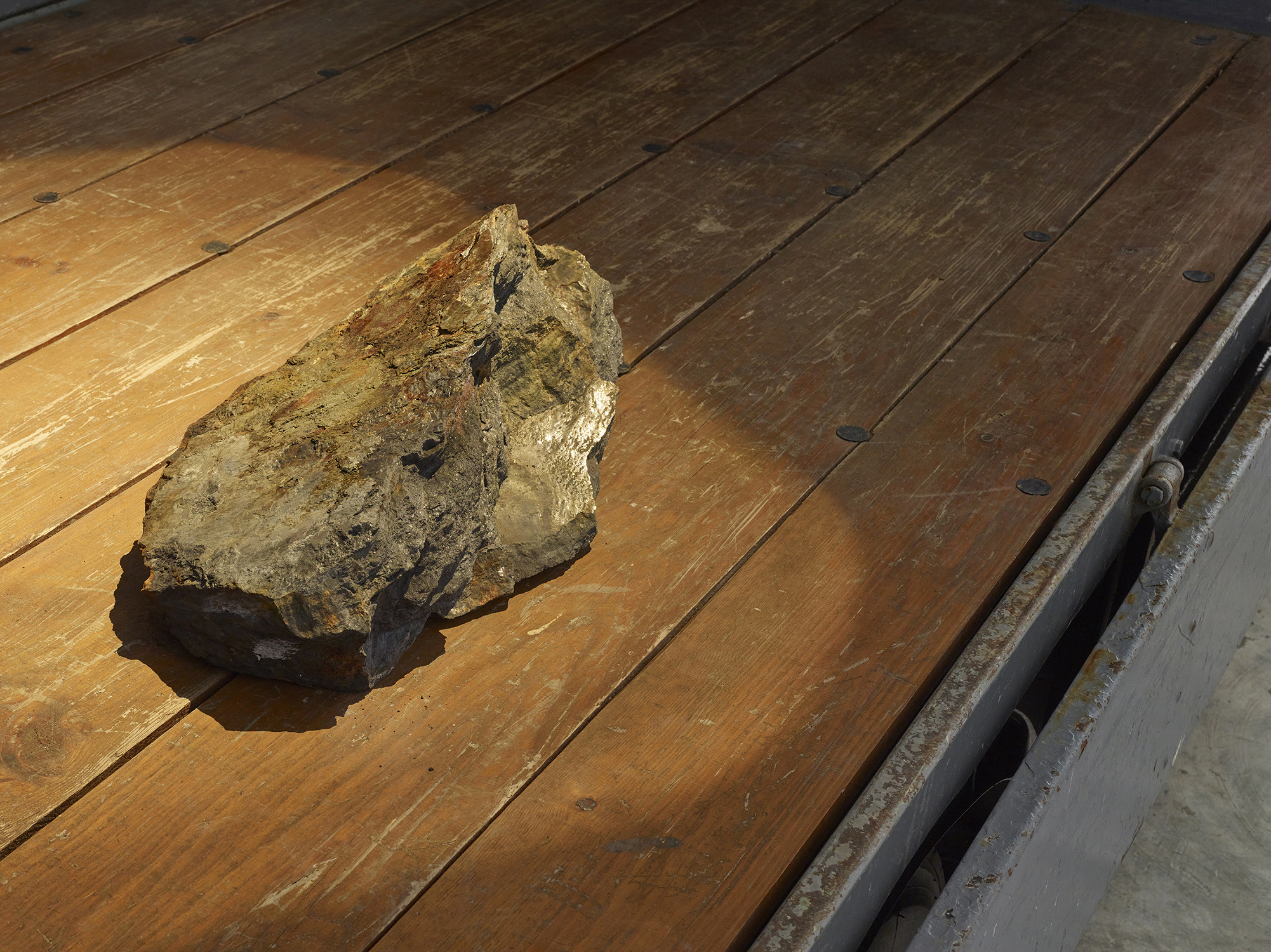
Bernard Bazile, “ici le temps du monde fini commence” (detail), 2022
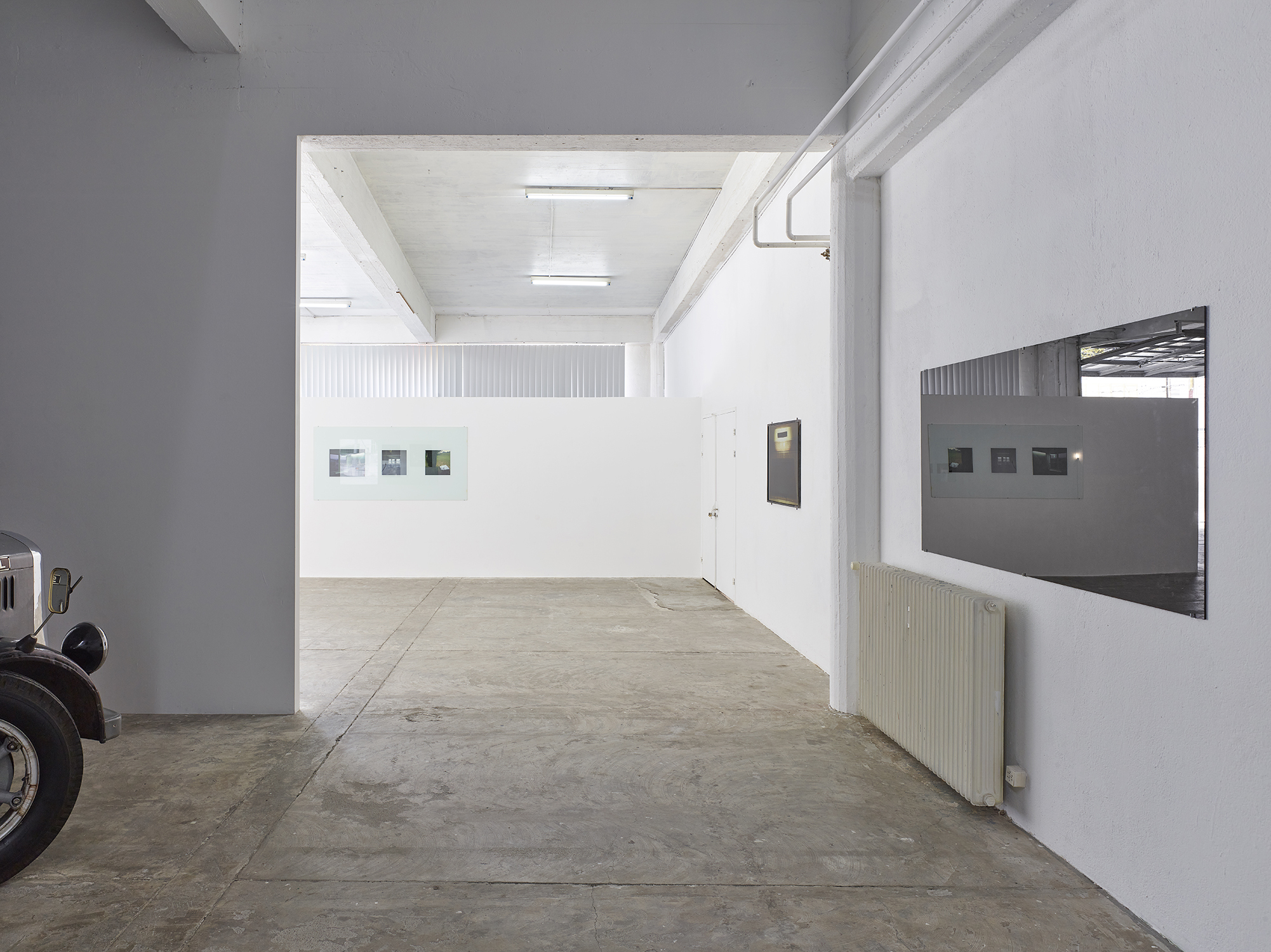
Exhibition view of Bernard Bazile at CIRCUIT Centre d'art contemporain, Lausanne
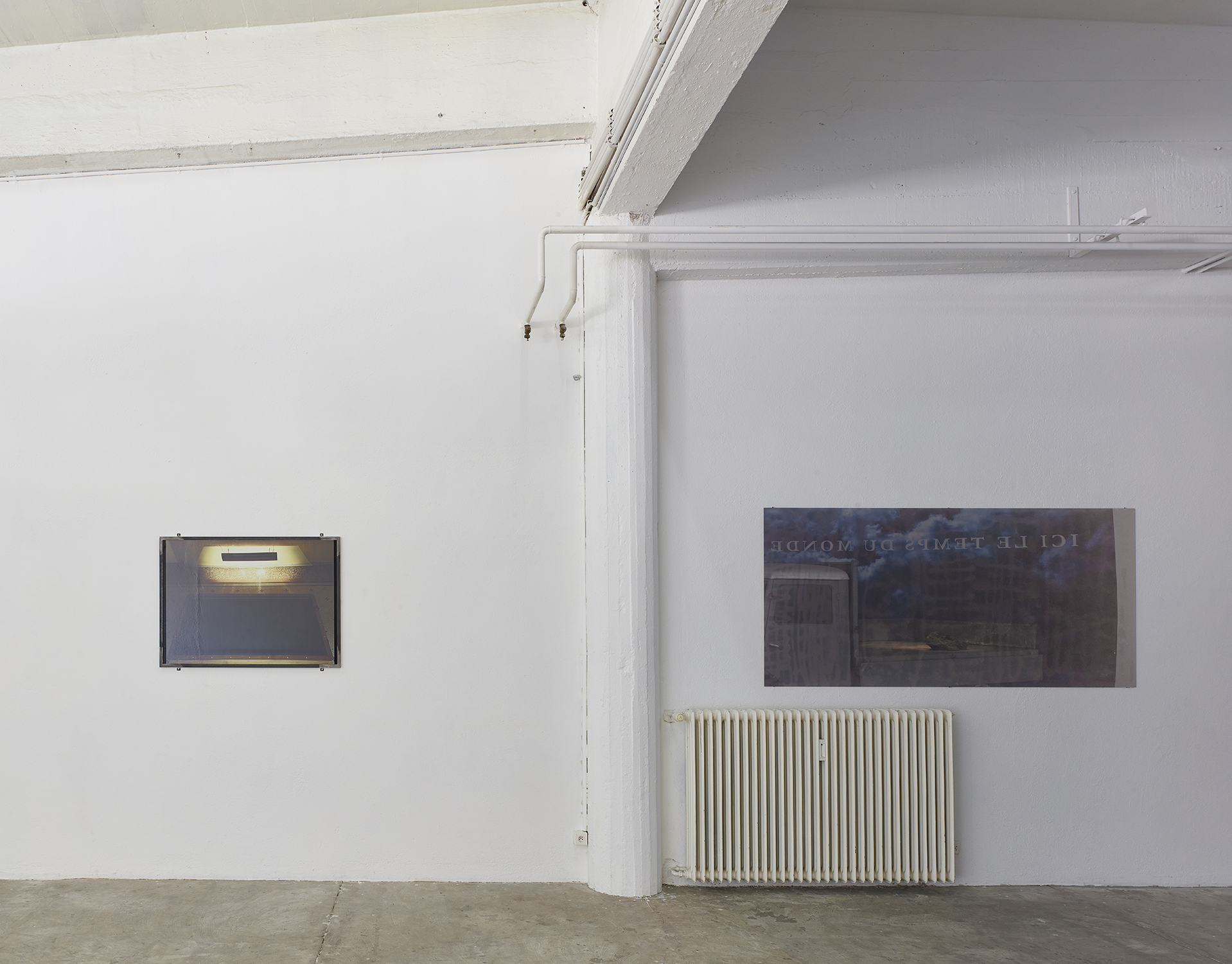
Bernard Bazile “Billard, détail”, February 1982, and “ici le temps du monde fini commence” (detail), 2022

Bernard Bazile, “Brillances”, 1981-2022
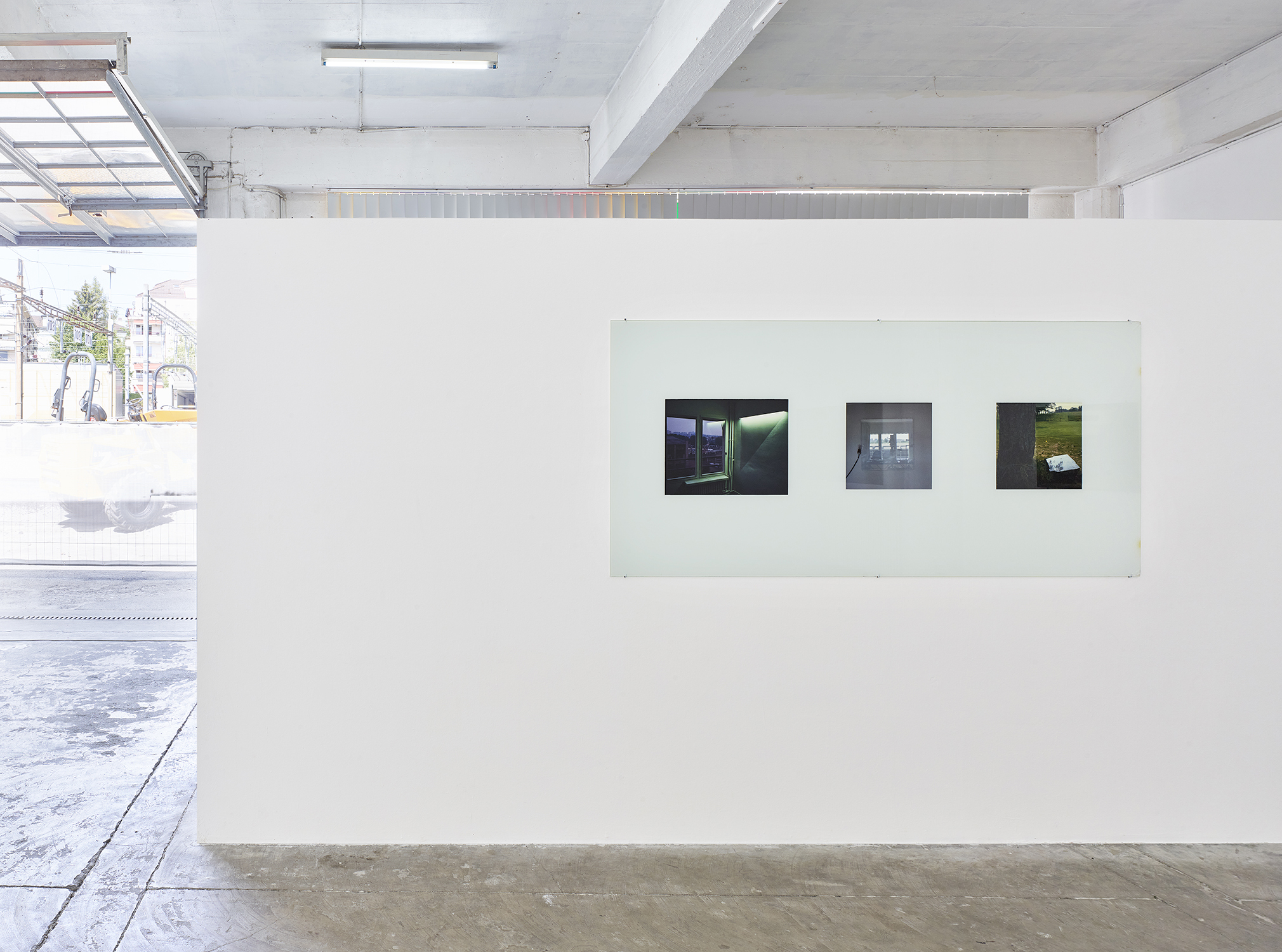
Bernard Bazile, “Brillances”, 1981-2022
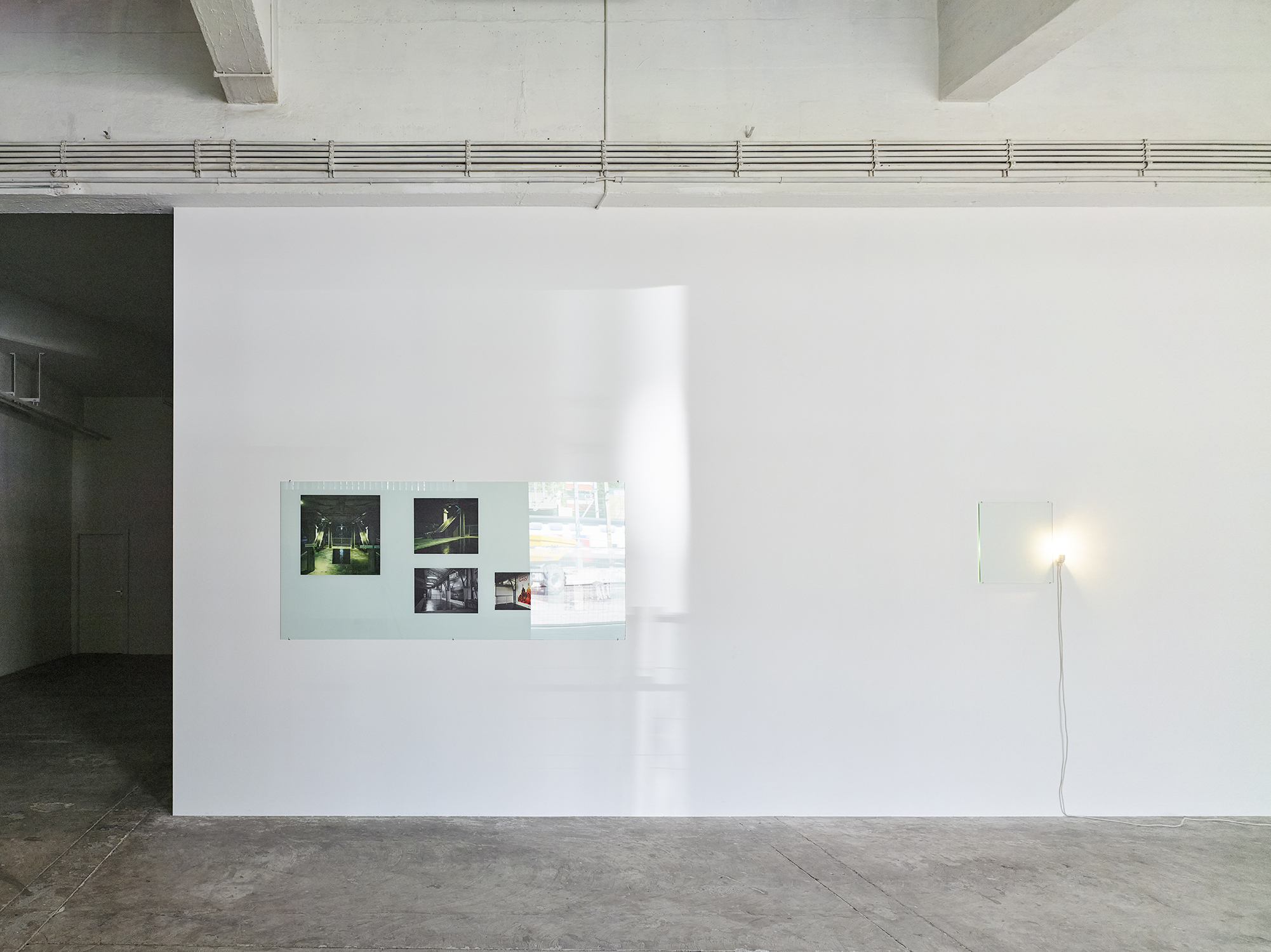
Bernard Bazile, “Brillances”, May 1981, and “Plaque de verre”, June 2022
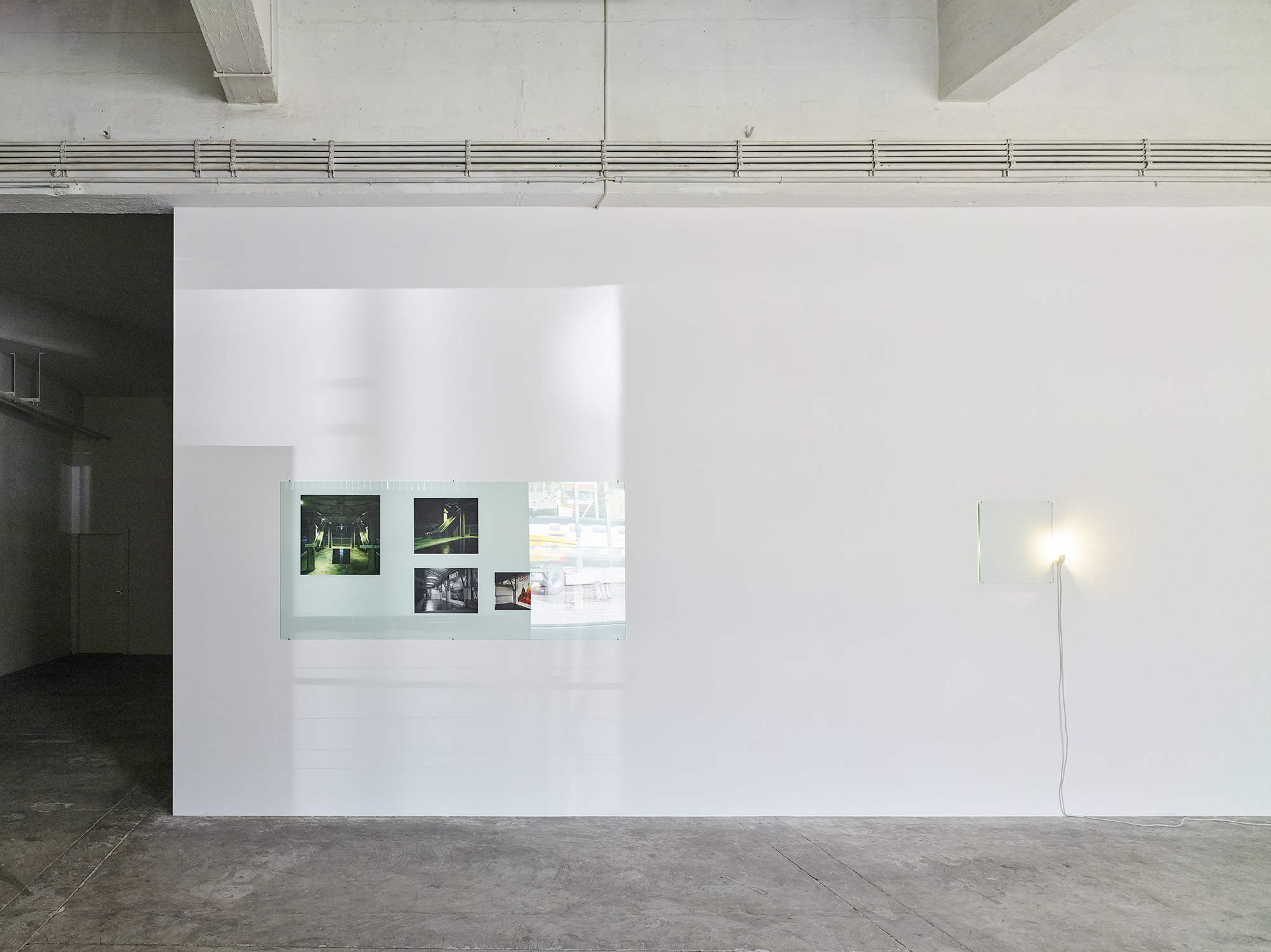
Bernard Bazile, “Brillances”, May 1981, and “Plaque de verre”, June 2022
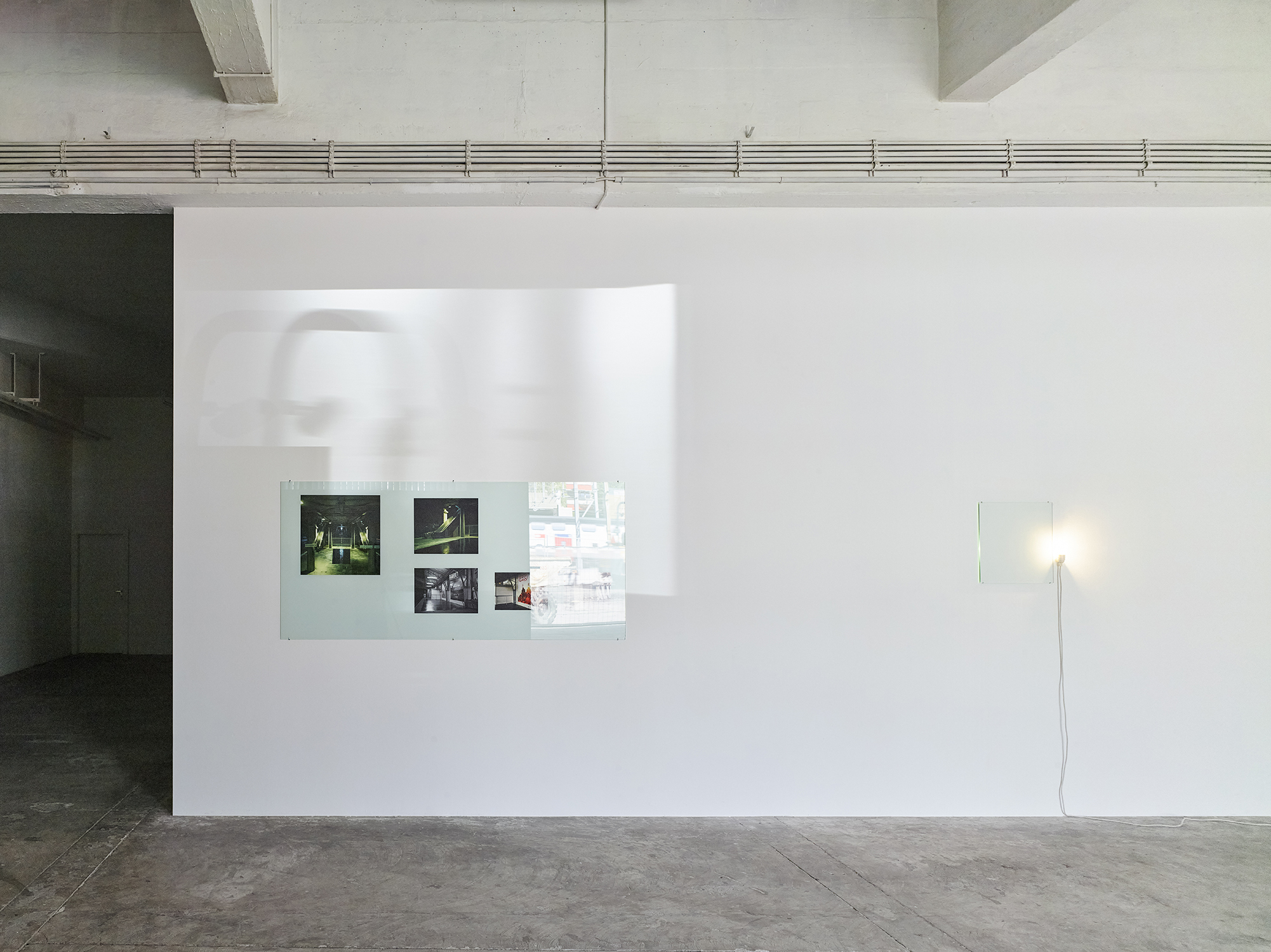
Bernard Bazile, “Brillances”, May 1981, and “Plaque de verre”, June 2022
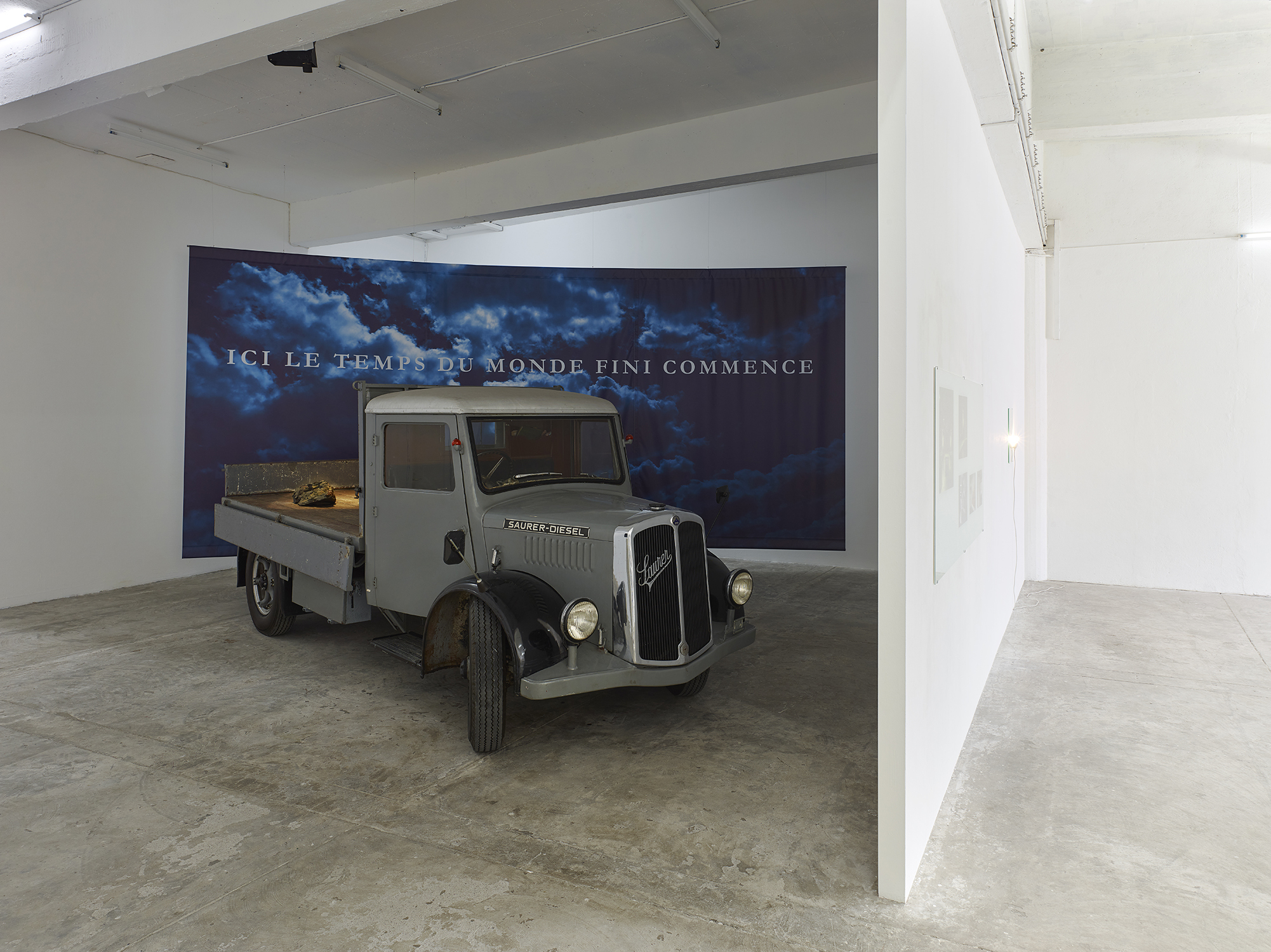
Exhibition view of Bernard Bazile at CIRCUIT Centre d'art contemporain, Lausanne

Bernard Bazile, “Brillances”, May 1981, and “Plaque de verre”, June 2022
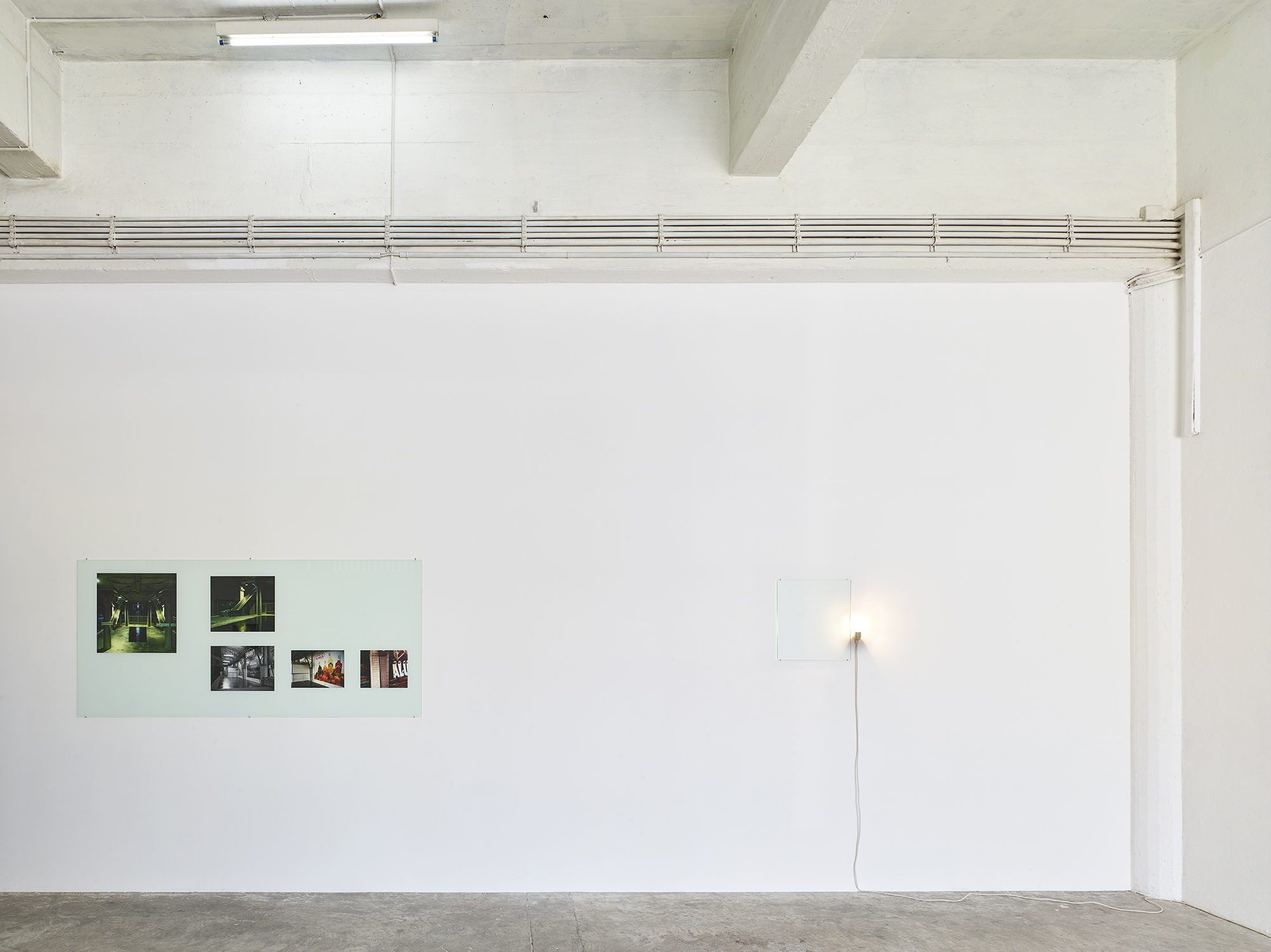
Bernard Bazile, “Brillances”, May 1981, and “Plaque de verre”, June 2022
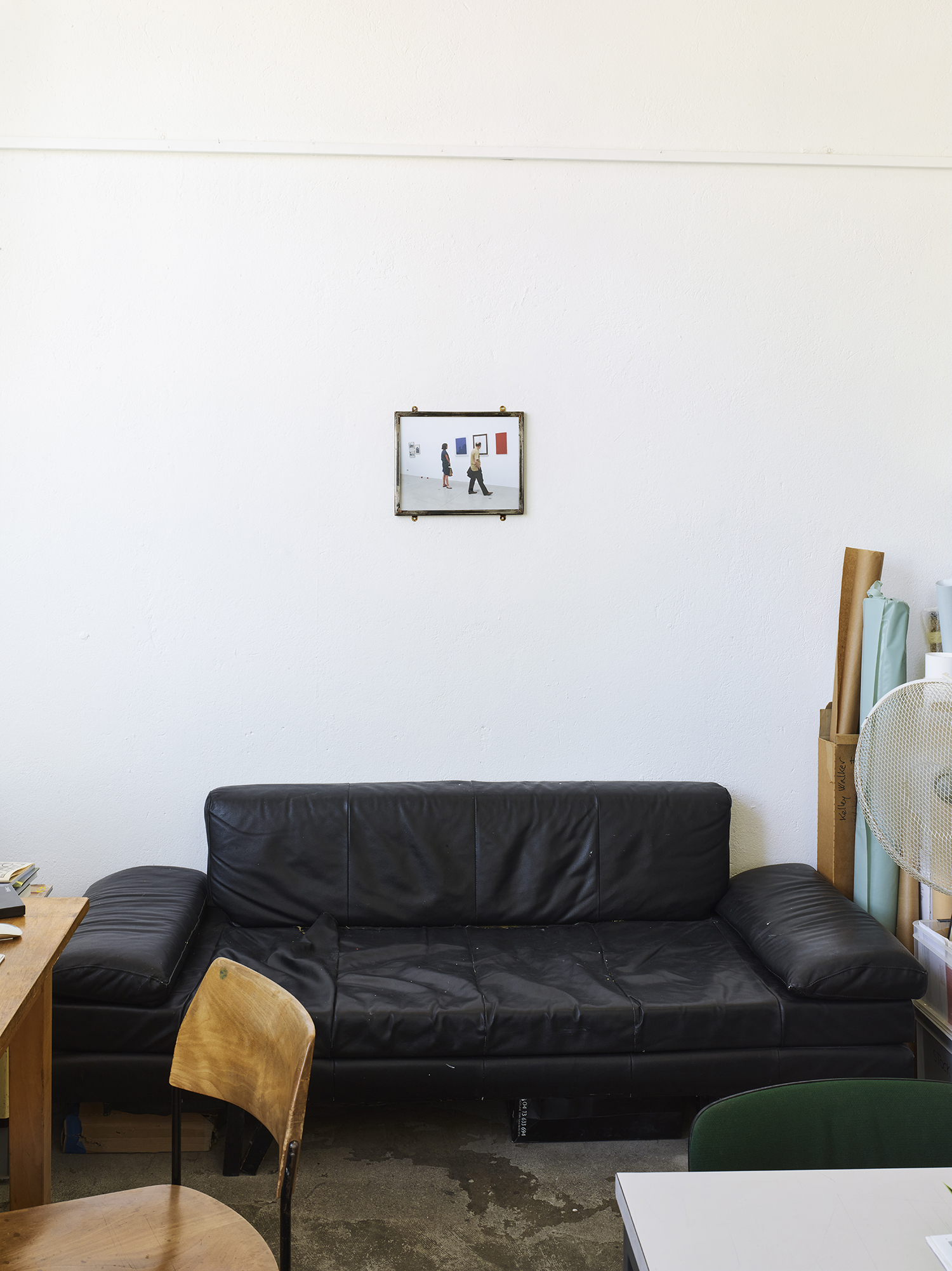
Bernard Bazile, “Klein - Manzoni - Aubertin”, Secession Vienna, July 2009
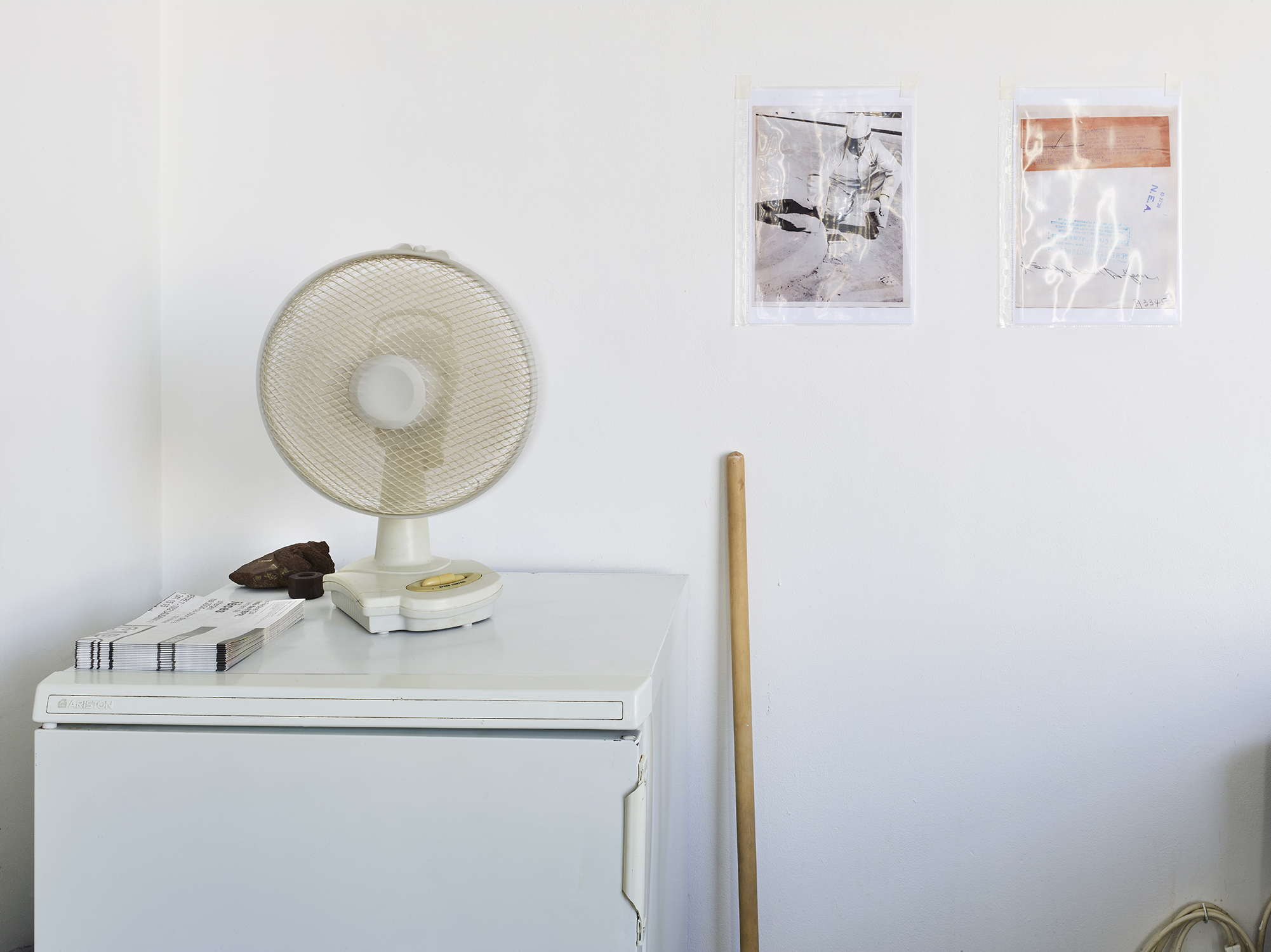
Le Freistilmuseum, “Switzerland Prepares for “Black-Out”, Lausanne, 22 October 1939”, 2022
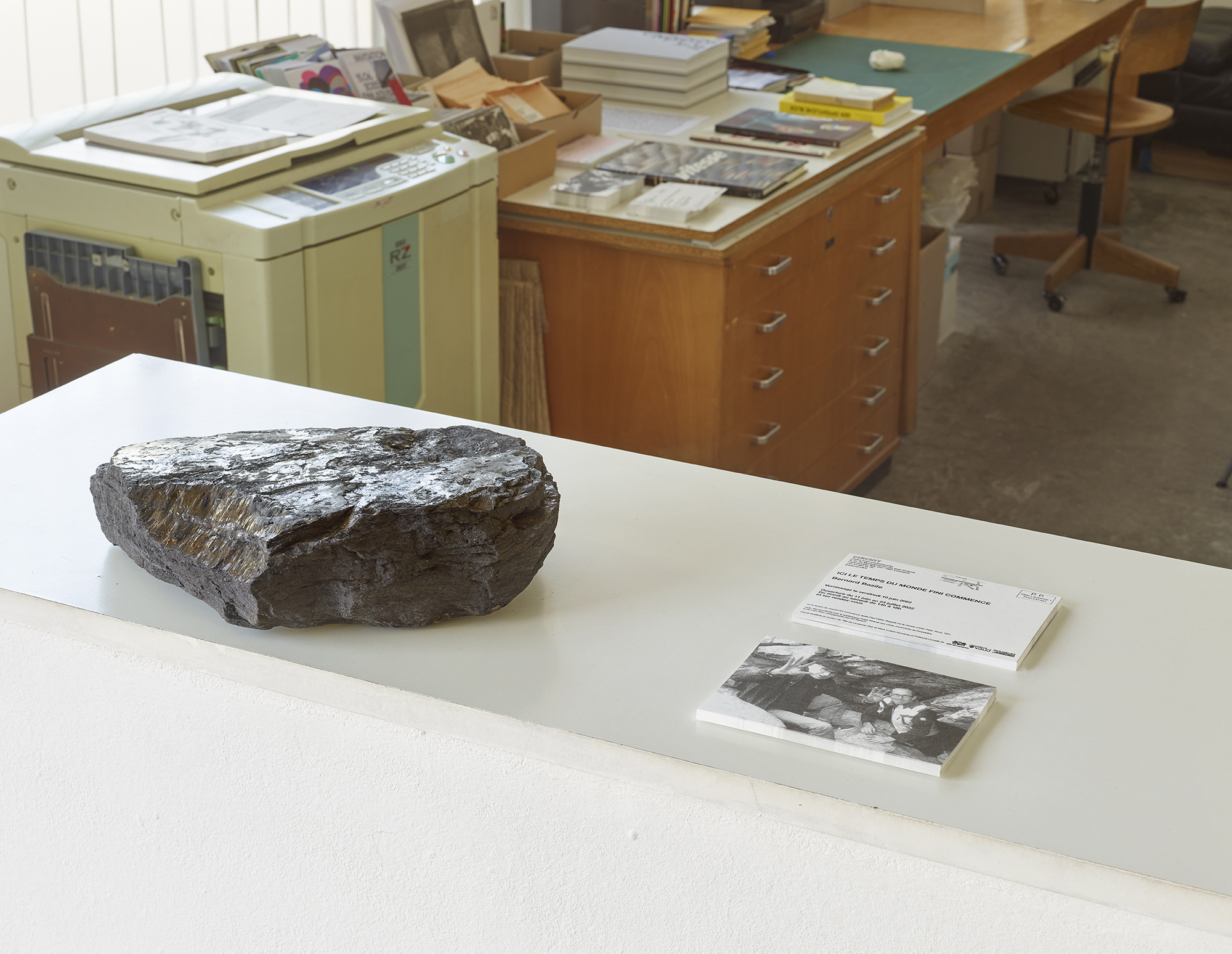
Bernard Bazile, “ici le temps du monde fini commence” (detail), 2022
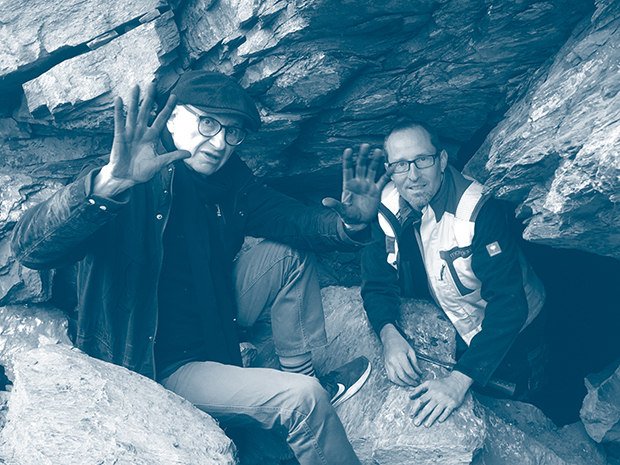
Invitation to Bernard Bazile at CIRCUIT Centre d'art contemporain, Lausanne
ICI LE TEMPS DU MONDE FINI COMMENCE*
Bernard Bazile
When visiting the Musée cantonal de géologie in Lausanne a couple of years ago, Bernard Bazile discovers a note referring to a Swiss propaganda campaign during the times of the Second World War. The note alludes to the shortage and intensive coal mining in Switzerland in times of war. It comes with a piece of anthracite weighing about one hundred kilograms, stemming from an eleven-ton block of this naturally brilliant ore. Displayed on a truck that criss-crossed French-speaking Switzerland in 1941, “Le Géant du Valais”, grandiloquently called “The Giant of Valais”, ended its tour at the “Comptoir Suisse” in Lausanne, at the stand of the Chandoline mines (Valais) from which it had been extracted.
Bernard Bazile cuts travel time along the congested corridor of history by using trivial gestures. He seizes this state propaganda campaign, serving him to review and reevaluate the limits of how far of a reach (art) works can have.
In the foreword to “Regards sur le monde actuel”, Paul Valéry comments in 1931 with sharp but hopeful words on the rapid and unstoppable economic globalization. The author links the belief in progress to the accelerating phenomena of the closure of the world and a loss of imagination. Almost a century later, the geopolitical challenges resonate with current energy policies, in particular situations of instability or armed conflicts with the resurgence of environmentally damaging mining activities.
Bernard Bazile quotes from Paul Valéry’s work: “le temps du monde fini commence”. This can be translated as follows: “the times of the finite world begin”. By adding “ici” – in English “here” – Bernard Bazile makes CIRCUIT Centre d’art contemporain and the art world the center of this sentence. He proposes a second reading, a definition of the “museum” in which every object is dead that is not brought back into play. Its experience is no longer accessible to us.
Bernard Bazile is an artist who never imposes anything on himself. He responds to exhibition invitations by setting in motion the interplay between the exhibition context and reality. By means of installations in which he incorporates existing, identifiable visual codes, he examines human behaviors, our points of reference, collective value judgments and automatisms. He favors exchange and experimentation in order to escape a clear, codified and closed discourse. This space of dialogue counteracts, or at least disturbs, a supposed sacredness of art, inducing way too often simplistic hegemonic values to which the experience of art is reduced.
Suspicious of easy solutions that fall short, Bernard Bazile distances himself from the art world on a daily basis, gently resisting against it and going beyond it. His thinking is characterized by a fundamental will to confrontation and autonomy. The goal is to shake things up, to create constructive disruptions and to avoid a mannerist and rigid domination of things. Bernard Bazile engages flexibly and playfully with everyday life and the worlds he encounters. Following his urge to reactualize things, his search for vivacity and spontaneity is evidence of his investment. He favors the liveliness of an intuition and accepts its imperfections, which charge his interventions with a unique, undeniably human character.
At the beginning of the 1980s, moving away from traditional spaces of contemporary art, Bernard Bazile occupies the subway, the wasteland, a gym or an apartment with a series of works entitled “Brillances”. The work by Bernard Bazile has been the subject of solo exhibitions: “It’s o.k. to say no!” at the Centre Pompidou in 1993, “Une mesure pour tous” in 2004 at the Institut d’art contemporain de Villeurbanne. Over the past fifty years, he has contributed to group exhibitions in numerous institutions.
Born in 1952, he lives in Paris.
*“Ici le temps du monde fini commence” after Paul Valéry, “Regards sur le monde actuel”, Paris, Stock, 1931
CIRCUIT is supported by: Ville de Lausanne, État de Vaud, Loterie Romande and Profiducia Conseils SA
Many thanks to: Aldo Zoppi - owner of a Saurer truck built in 1940, Roger Widmer - geologist, Anna Laich-Baer - Editor and Head of the Secretariat of the Oldtimer Club Saurer, Roland Gerber and Felix Trösch - members of the Saurer Museum d’Arbon, Emixplor - explorer of historical or abandoned places in Switzerland, Pierre Wüst - owner of the Saurer garage in Conthey, Leo Riesen - owner of a Saurer vehicle, Pascal Breux - president of the Saurer Club Suisse Romande, Natal Zurbriggen - owner of Saurer vehicles and member of the Saurer Club Suisse Romande, Nicola Scopetti - vice-president of the Club Saurer Ticino, M. Mantegazzi - owner of Saurer vehicles, Daniel Geissmann - Head of Exhibition and Collection of the Swiss Museum of Transport, Natacha Anderes, Luca Delachaux - photographer, Julien Aubert, Brune Bazile, Ivo Meulemans, Didier Rittener and Nicolas Eigenheer



